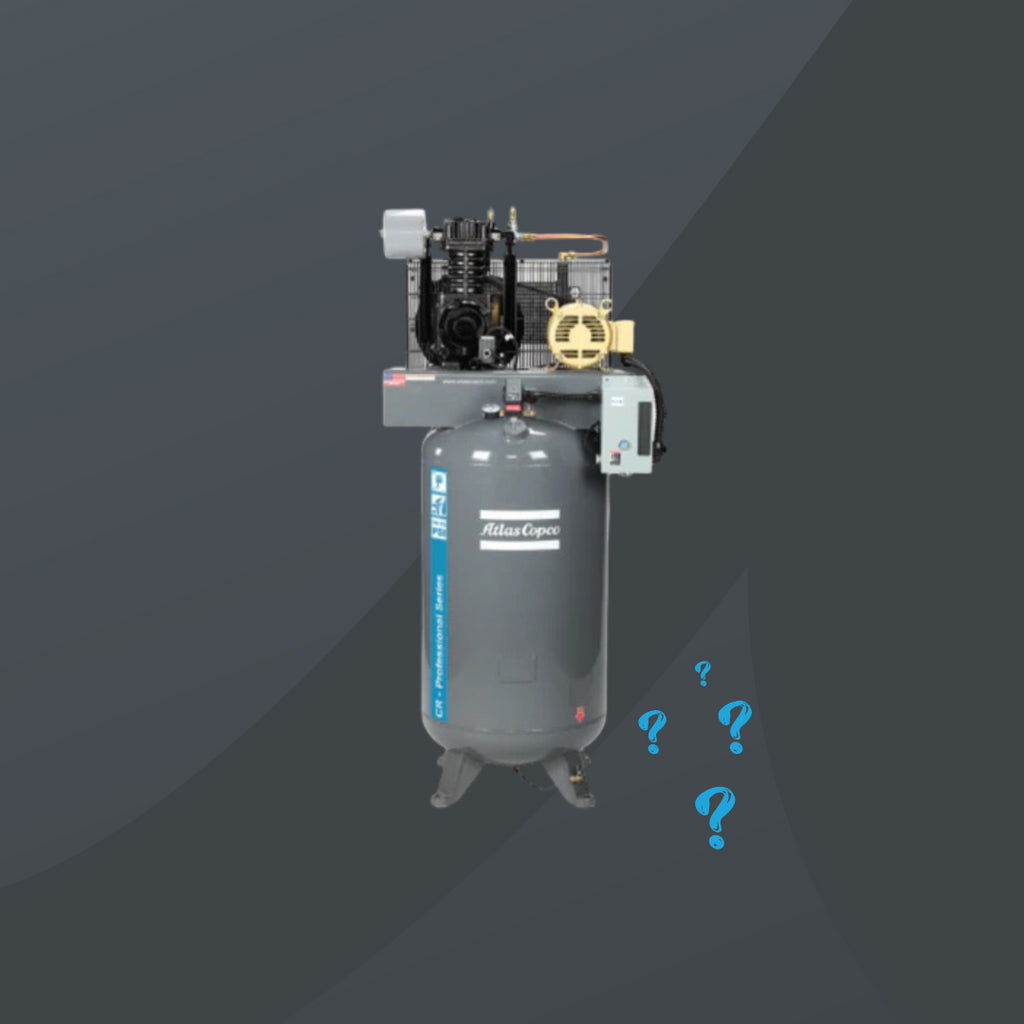Common Piston Compressor Terms Explained (CFM, PSI, Duty Cycle)
Posted by EMILY OWEN

When it comes to piston compressors, there are several key terms that are essential to understand in order to make informed decisions about your equipment. Let's break down some common piston compressor terms: CFM, PSI, and Duty Cycle.
What is CFM?
CFM stands for Cubic Feet per Minute, and it is a measurement of the volume of air that the compressor can deliver. This metric is crucial in determining the compressor's capability to power pneumatic tools or equipment. The higher the CFM rating, the more air the compressor can deliver, making it suitable for heavy-duty applications.
What is PSI?
PSI stands for Pounds per Square Inch, and it measures the pressure at which the air is delivered from the compressor. This metric is vital in determining the compressor's ability to power specific tools or equipment that require a certain level of pressure to operate effectively. Different tools have varying PSI requirements, so it's essential to match the compressor's PSI output to the tool's needs.
Understanding Duty Cycle
The Duty Cycle of a compressor refers to the amount of time it can run within a specific time frame. It is usually represented as a percentage, indicating the ratio of run time to rest time. For example, a compressor with a 50% duty cycle can run for 30 minutes and then needs to rest for 30 minutes to prevent overheating. Understanding the duty cycle is crucial to prevent premature wear and ensure the longevity of the compressor.
By familiarizing yourself with these common piston compressor terms, you can make informed decisions when selecting a compressor for your specific needs. Whether you are looking for a compressor for light-duty tasks or heavy-duty industrial applications, knowing the CFM, PSI, and Duty Cycle ratings will help you choose the right equipment for the job.
TAGS:
